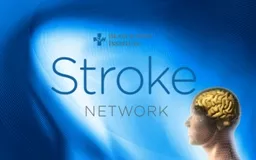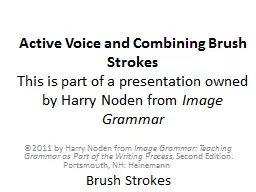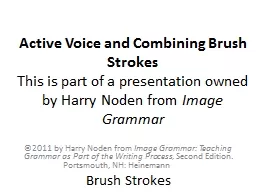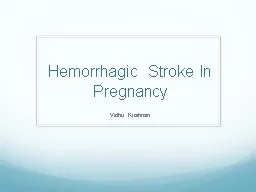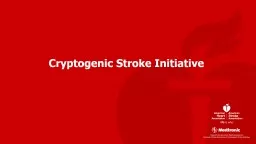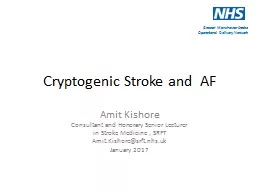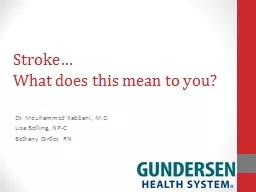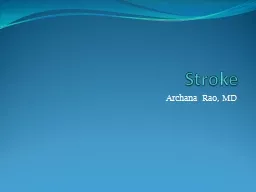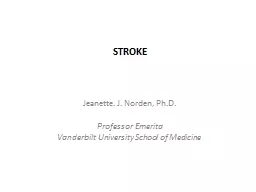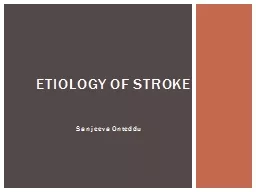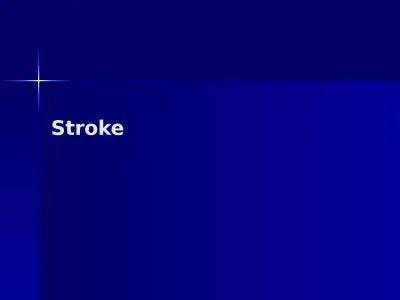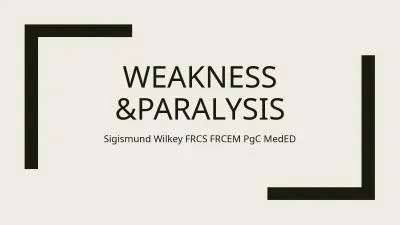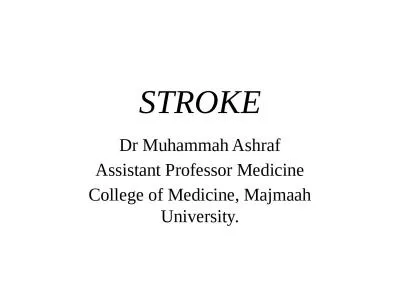PPT-SIH Stroke Network Community Education Goal Decrease disability and death from strokes
Author : jane-oiler | Published Date : 2019-10-31
SIH Stroke Network Community Education Goal Decrease disability and death from strokes by Preventing strokes from ever occurring Primary Prevention Rapid treatment
Presentation Embed Code
Download Presentation
Download Presentation The PPT/PDF document "SIH Stroke Network Community Education G..." is the property of its rightful owner. Permission is granted to download and print the materials on this website for personal, non-commercial use only, and to display it on your personal computer provided you do not modify the materials and that you retain all copyright notices contained in the materials. By downloading content from our website, you accept the terms of this agreement.
SIH Stroke Network Community Education Goal Decrease disability and death from strokes: Transcript
Download Rules Of Document
"SIH Stroke Network Community Education Goal Decrease disability and death from strokes"The content belongs to its owner. You may download and print it for personal use, without modification, and keep all copyright notices. By downloading, you agree to these terms.
Related Documents

